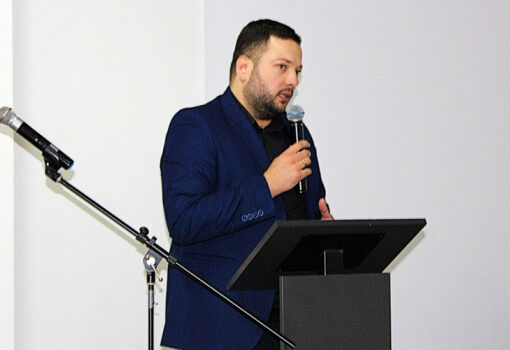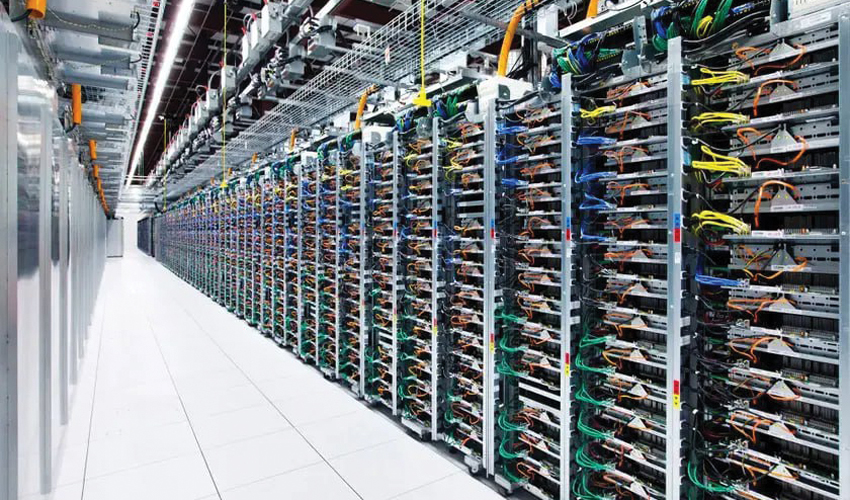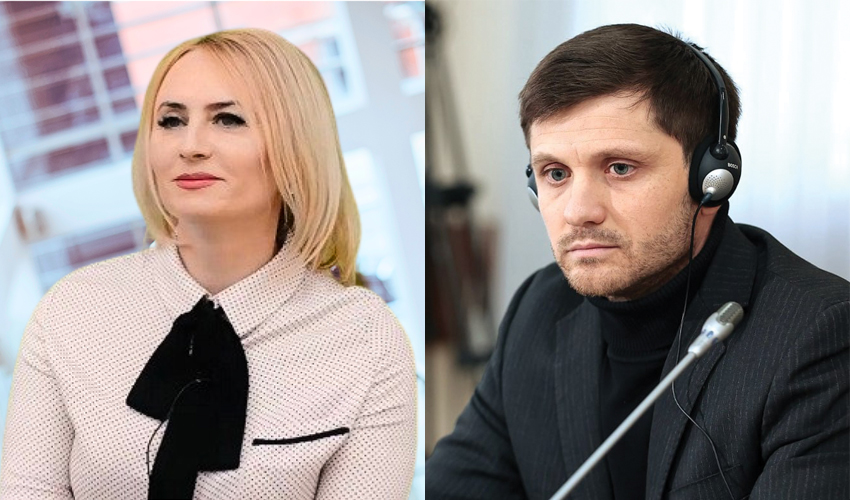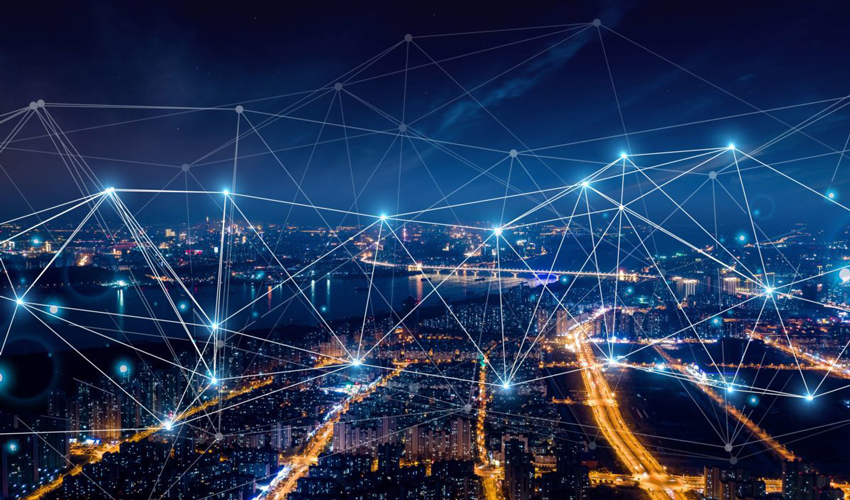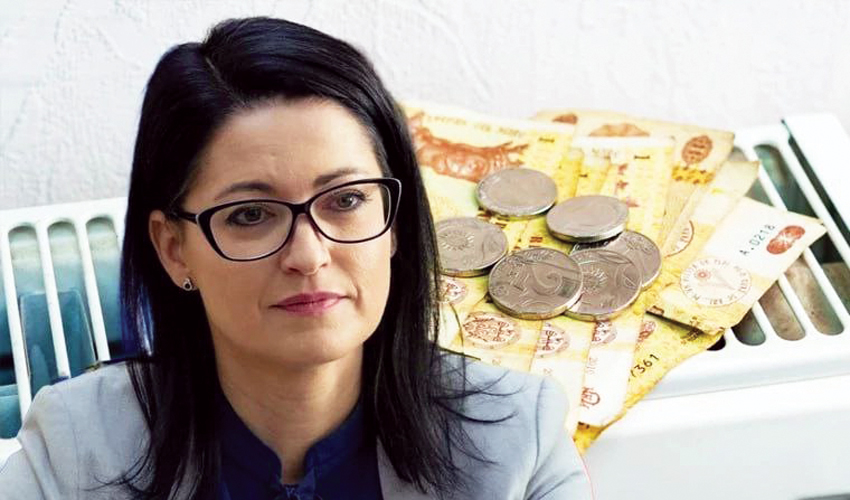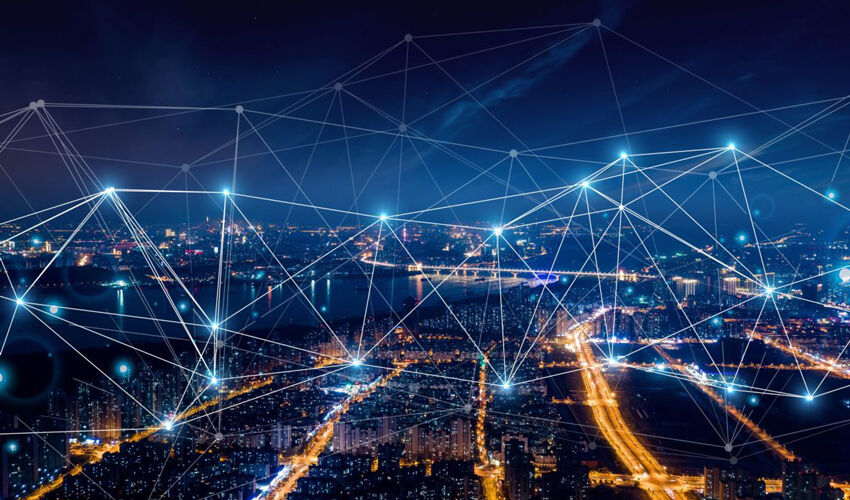
Power systems around the world are undergoing a profound and rapid transformation that will make them look completely different in ten years’ time. One of the main factors is the active electrification of the global economy. More and more people are starting to use electric cars, heat pumps, smart (i.e. digital and grid-connected) devices, and we are seeing an explosion in the construction of data centers that consume a lot of electricity. Many of these are powering artificial intelligence (AI). Based on these trends, the International Energy Agency predicts that by 2035, electricity demand will grow six times faster than energy demand overall.
In the energy sector, not only demand but also supply is changing rapidly. Renewable energy, especially solar power, will play an increasingly important role in the world’s energy systems. With the right policies and infrastructure, these trends and technologies will help increase energy independence and reduce greenhouse gas emissions. However, they also increase the complexity of grid management, as operators have to accommodate variable power flows while ensuring security of supply and affordability for consumers.
Power grids need to provide electricity to more buildings and things. By 2030, there will be more than 30 billion digitally connected devices in the world’s homes and businesses, twice as many as there are today. To keep up with this growth, the flexibility of the grid (i.e. its ability to respond to fluctuations in electricity supply and demand in a timely manner) must be improved much faster than currently planned.
Digitalization could be the key to closing this gap, although it also creates new challenges. Digital tools for power system optimization can help improve efficiency, increase affordability, and enhance energy security. AI has particularly great potential in terms of power system strengthening and optimization. New research shows that existing models and tools can better predict the performance of weather-dependent power generation sources; they can help match supply and demand throughout the day and identify and address infrastructure anomalies as they arise.
To make the most of these opportunities, a number of challenges must be addressed. Even when the lion’s share of new technologies on the demand or supply side are digital (that is, they can potentially connect to other digital systems), they typically operate in isolation. These technologies are often exclusively developed by private firms and lack the standardized interface and necessary functionality to interact dynamically with the grid. This fragmentation creates unnecessary inefficiencies, increases costs, stifles innovation, and makes it difficult to reap the benefits of digitalization as a whole.
And so it is not enough to simply provide our energy systems with digital capabilities. These systems must be made interoperable so that new technologies can be deployed and integrated seamlessly. When every node in the network is able to communicate effectively, then those managing the system will be able to achieve the desired results faster.
With the right approaches, improving digital interoperability in the energy sector – on the supply and demand side – will pay real dividends. “Smart” chargers for electric vehicles will schedule charging for times when renewable energy generation is high. Advanced thermostats and appliances will be able to respond to real-time price signals, helping to reduce peak energy use. Rooftop solar energy systems can be aggregated to supply electricity to the grid when needed. Proper regulations will allow these resources to work together, contributing to progress toward energy goals set by countries and communities.
If we do not become more proactive in building interoperability, we risk a future of lost potential, missed opportunities, wasted investments, and growing threats to energy security. The frequency of cyberattacks on power plants has more than tripled in the last four years, and today AI is making these attacks even more sophisticated. But we know that interoperable systems built on common standards can be more resilient to these threats.
That’s why we’re calling on governments and the energy industry to work together to build reliable, secure digital energy systems. More than ever, we need a shared vision and long-term planning. The new Digital Energy Grid concept is designed to provide a single digital foundation for the energy ecosystem through universal identification, machine readability, verifiability. Such features will ensure transparency, reliability, and interoperability of energy transactions, so they should be pursued actively and seriously.
Building on these ideas, India has taken a deliberate step forward by launching the India Energy Stack (IES) project. The goal of IES is to create a digital government infrastructure that allows for the identification and exchange of multiple energy system participants and assets based on common specifications and standards.
One way or another, power grids will continue to change. We must start acting now to ensure that the new systems are aligned with our thoughtful solutions. This means fostering global cooperation and creating common forms of infrastructure that work for everyone.
Fatih Birol,
Executive Director of the International Energy Agency (IEA).
Nandan Nilekani,
Co-founder and Chairman of Infosys, Founding Chairman of UIDAI (Aadhaar).
© Project Syndicate, 2025.
www.project-syndicate.org









